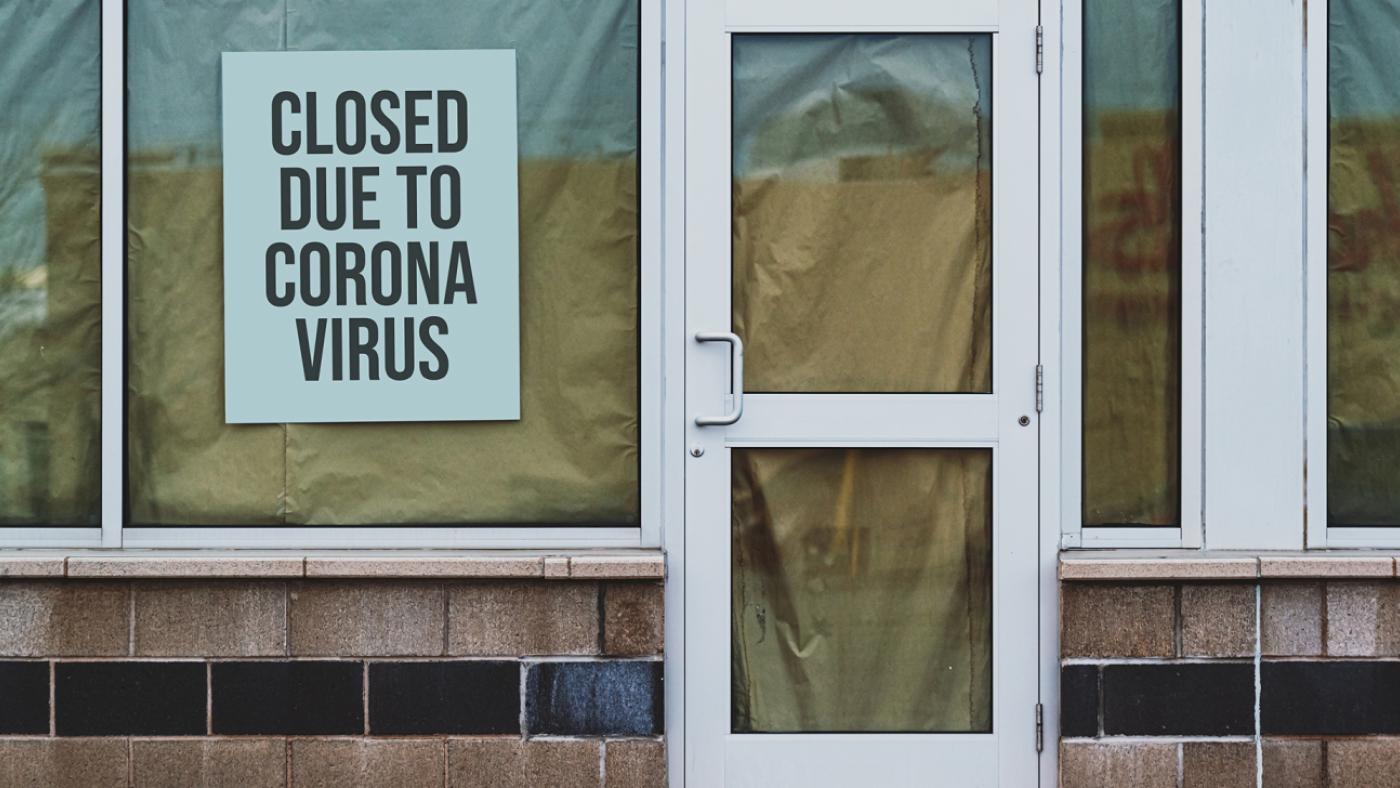Even before the nightmare of the COVID-19 pandemic arrived on the scene, retail real estate was undergoing a transformation.
The inexorable growth of online sales had led to a steady stream of store closings and bankruptcies among traditional bricks-and-mortar retailers. That pushed up vacancies and shed doubt on the viability of weaker properties, especially in the regional mall sector. There’s been a slow drift altering the composition of retail tenancy, with the most creative landlords relying less on traditional stores and instead upping the ante on experiential concepts, restaurants, service-oriented tenants and other uses that could still thrive in an increasingly networked world.
Then the pandemic arrived. And with it, the shift to online sales accelerated even further. Americans are becoming comfortable ordering ever-expanding categories of goods online. To adapt, some retailers are reimagining their physical stores as a mix between traditional store settings and fulfillment centers that can complete deliveries in local trade areas or serve as pick-up and drop-off sites for transactions initiated online.
It’s with this backdrop that NREI recently conducted its sixth annual research survey examining sentiment in the retail real estate sector. What we found is that, predictably, the mood has taken a sharp turn for the worse. Outlooks for the retail sector have lagged the other core property types for the last few years. But even within that, respondents remained bullish on some fundamentals. That’s all changed this year. And while retail is not the worst-hit sector (that distinction belongs to hotels), that doesn’t mean the picture is particularly bright.
Survey methodology: NREI emailed commercial real estate professionals requesting participation in an online survey about retail real estate in early October. Overall, the survey received 213 responses, slightly more than half of whom identified as Owner/Partner/President/Chairman/CEO/CFO.


